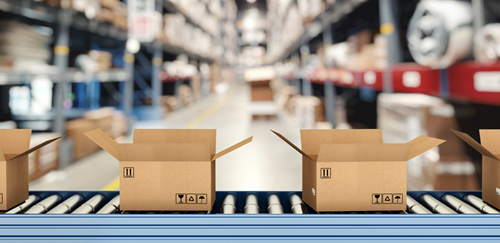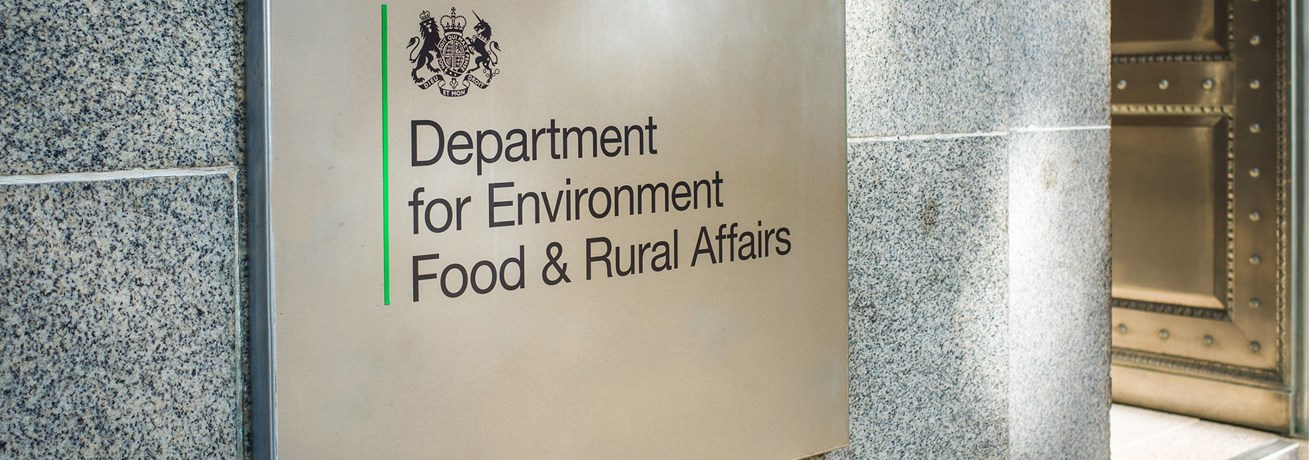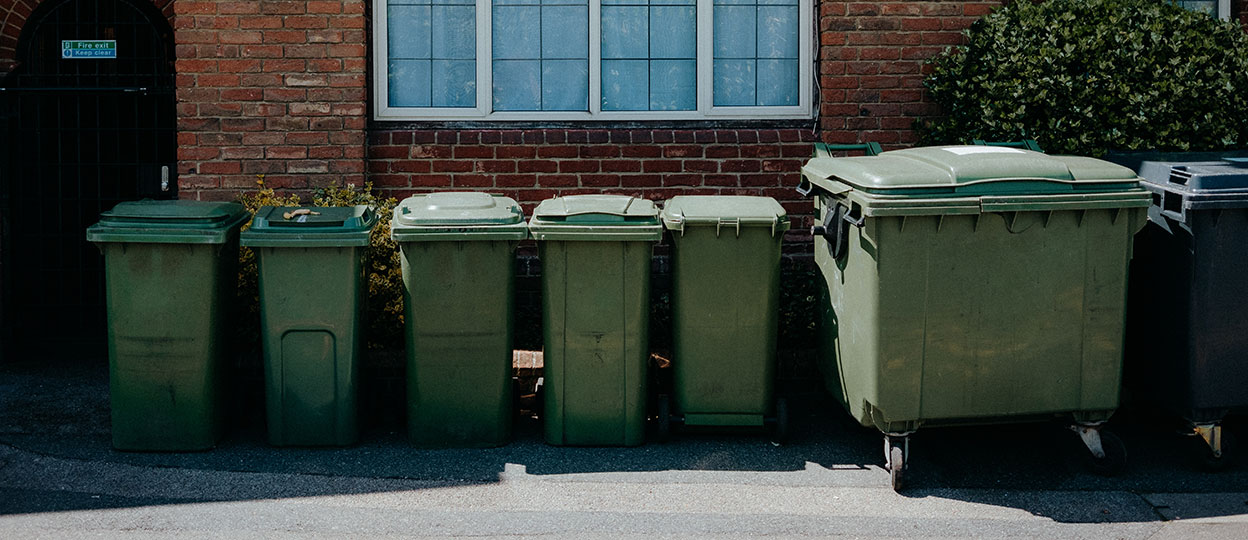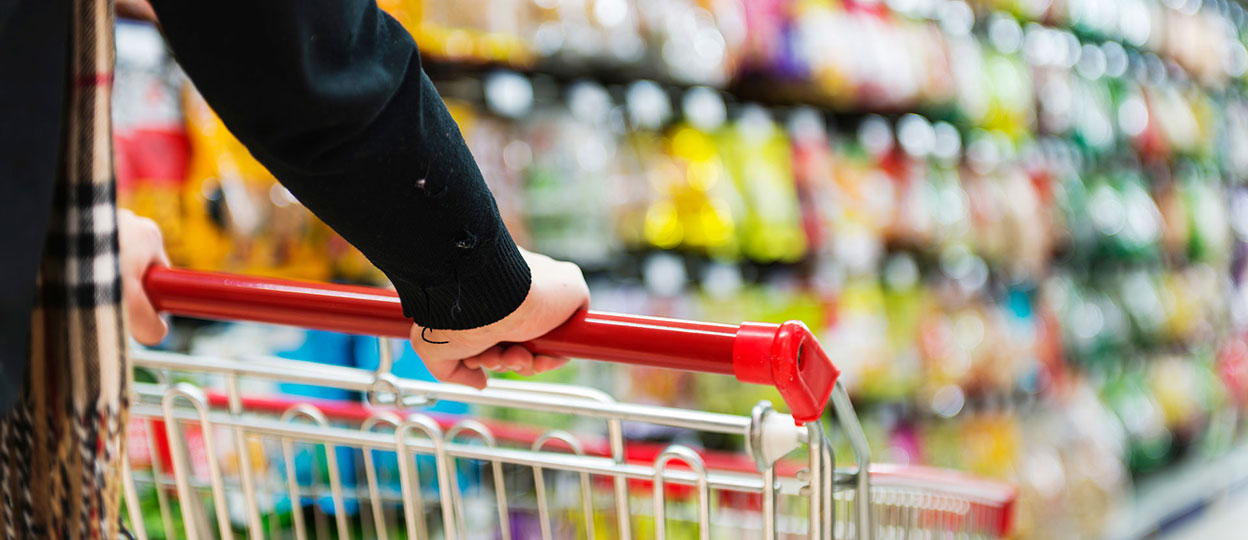Defra updated their packaging EPR guidance this month with new detail on the more technical points of the system.
The updates include critical detail on determining liability and collecting and reporting data. Below we highlight the most important updates to the guidance:
Determining liability on co-branded products
We know that under the single point of compliance, only one business can be liable for a given piece of packaging, but often there may be two or more logos displayed on a product. The guidance explains that in these situations the company supplying the packaging will hold the obligation. For instance, a carton may display the drinks company brand and the packaging manufacturer’s brand (such as Tetra Pak). In this case, the drinks company will submit data and pay fees on it as they supply the carton to the consumer.
Reporting by online marketplaces
Online marketplaces, under EPR, will be defined as any organisation operating a website or app that allows non-UK businesses to sell their goods into the UK. This means if you own a website or app that only enables UK businesses to sell their goods, you won’t be obligated under this activity, but may well have obligations as a brand-owner or a pack/filler of unbranded packaging, for instance.
Online marketplaces must report any filled or unfilled packaging supplied by an organisation not based in the UK, that is supplied to the UK. The guidance states that they must also send a description of the data collection methodology used to the relevant environmental regulator ahead of submission. This is because online marketplaces are being bought into the packaging compliance regulations for the first time.
Reporting reusable packaging waste
Resuable packaging waste will be defined as waste that has been re-used and refilled at least once but is no longer being used as packaging, and has been recovered from customers. For example a laundry detergent bottle in a refill scheme, that has been returned by the customer for recycling.
Reusable packaging will be reported on and paid for once by the liable producer, the first time it is supplied and will be reported into two categories – primary and non-primary. The packaging data should also be recorded into the main household and non-household sections of the submission and can also be used to offset costs, if collected directly from consumers.
Data collection timing and reporting
The statutory instrument that requires producers to collect packaging data in 2023 for the first submission didn’t become law until 1 March 2023. The first data submission needs to cover January to June, however. This means producers that have recorded data from January should submit it, but those who have only recorded from March 2023 should submit what they have, and the scheme administrator will estimate the data for the missing period. The statutory instrument covers England, Scotland and Northern Ireland.
The statutory instrument for Wales has not yet been passed, and is expected to become law in mid-2023. Both small and large producers based in Wales are encouraged to comply with the data recording schedule detailed above but if that is not possible, they should start collecting data from the date the regulations come into force and submit is between 1 January and 1 April 2024. Again, missing data will be estimated by the scheme administrator.
Reporting drinks packaging
For large producers drinks packaging must be split into two categories – household and non-household containers. Drinks containers are primary packaging and therefore fall under household packaging by default, but if a business reports them as non-household, they must hold evidence they are selling them directly to a business end-user.
Small producers, however, must always report their drinks containers as household packaging. As they are exempt from cost obligations, the manufacturer/distributor of the containers will pick up the recycling (PRN/PeRN) obligation and pick up local authority waste management costs.
Although questions still remain on various technicalities of the new EPR system, the release of the data reporting specification in particular is a positive step toward producer and compliance scheme preparedness, especially given that many companies will have to submit this detailed packaging data in only six months’ time.
Understand how to prepare for packaging EPR in the new Ecosurety Hub website.






